
Think of Falanghina as the scrappy underdog that refuses to stay down. Like a Phoenix rising from the ashes of near-extinction, this ancient white wine has clawed its way back from the brink to become Campania's most compelling alternative to the ubiquitous Pinot Grigio.
This is the story of a wine that embodies resilience, terroir, and unexpected sophistication — a liquid testament to the power of volcanic soils and Mediterranean passion.
This in-depth profile delves into Falanghina’s ancient origins, distinctive traits, and modern revival. It covers the grape’s unique flavor, winemaking methods, key growing regions, tasting notes, food pairings, and tips for selecting and enjoying this versatile Italian white wine.
Falanghina wine embodies the perfect union of ancient heritage and modern winemaking techniques. This white grape variety, one of Italy’s most ancient grapes, has roots that stretch back to ancient Roman times, where it was likely used to produce the famed Falernian wine. Grown primarily in southern Italy’s Campania region, the Falanghina grape variety has experienced a remarkable revival over the past few decades, evolving from obscurity into a versatile grape celebrated for its expressive personality and terroir-driven style.
This dry white wine emerges from the volcanic terroir of Campania, where Mount Vesuvius has deposited mineral-rich ash for millennia. The result is a unique flavour profile that delivers a medium-light body with refreshing acidity, showcasing flavours of citrus, peach, and tropical fruits balanced by distinctive mineral undertones.
Unlike mass-produced whites, Falanghina offers genuine personality — a wine that refers unmistakably to its origin. With a fragrant, straw-yellow hue and greenish reflections, it hints at youthful vibrancy, while the aromatic profile unfolds like a Mediterranean garden after rain.
Once closely tied to obscurity, Falanghina now enjoys widespread distribution across Italy and in select regions abroad, including Paso Robles in California, where experimental plantings are exploring its potential. Thanks to producers like Feudi di San Gregorio, the grape has been elevated from its rustic past to become a compelling option for those seeking authenticity and elegance in an Italian wine.
Falanghina's culinary versatility rivals that of a Swiss Army knife. The wine's bright acidity and mineral backbone make it an exceptional partner for seafood, particularly Mediterranean preparations. Consider these inspired pairings:
The winemaking philosophy behind great Falanghina emphasizes preservation over manipulation — a principle rooted in both tradition and evolving viticultural practices.
Falanghina's sensory journey begins with its inviting aromatics — a bouquet that combines citrus blossom, white peach, and subtle almond notes. The volcanic terroir contributes a distinctive minerality that adds depth and complexity to the aromatic profile.
On the palate, the wine presents a distinctive flavour profile, featuring notes of green apple, pear, and tropical fruits such as pineapple and banana. The mid-palate and acidity provide structure and freshness without overwhelming the delicate fruit flavours. A subtle pine scent occasionally emerges, adding an intriguing herbal dimension.
The finish typically showcases almond notes and mineral persistence, leaving a clean, refreshing impression that invites another sip.
Strategic pairing transforms Falanghina from pleasant to extraordinary.
Falanghina thrives in two distinct territories within Campania, each producing wines with markedly different personalities — a testament to the grape’s versatility and adaptability across terroirs.
Falanghina Beneventana, grown in the Sannio region, produces wines with a structured profile, characterized by pronounced acidity and notable mineral complexity. These inland vineyards benefit from diurnal temperature variation and clay-limestone soils, which offer both water retention and a nuanced mineral signature. It is here that much of the region’s viticulture is centred, with vines often planted on hillside slopes to maximize sun exposure and drainage. This sub-variety is believed to be one of the two commercially available varieties of Falanghina.
In contrast, Falanghina Flegrea, cultivated in the Campi Flegrei near Naples, exhibits a saltier, more mineral-driven profile thanks to its proximity to the sea and direct volcanic influence. The porous volcanic soils and coastal breezes contribute to wines that are characterized by pronounced salinity and vibrant freshness. These wines tend to be more immediately accessible, yet no less reflective of their terroir.
Outside of Campania, experimental plantings — such as in Paso Robles, California — demonstrate the grape’s growing appeal and ability to adapt to different climates and soils. However, the most authentic expressions remain firmly rooted in the volcanic and coastal landscapes of southern Italy.
The warm Mediterranean climate, with its hot, dry summers and mild winters, provides ideal conditions for achieving optimal ripeness while preserving essential acidity. This balance is crucial to the style and success of this ancient grape.
Proper service maximizes Falanghina's appeal and longevity. Serve at 10–12°C (50–54°F) in medium-sized white wine glasses that allow the delicate aromatics to concentrate. Avoid over-chilling, which can mask the wine's subtle complexity.
For storage, maintain a consistent temperature of around 13°C in a dark, vibration-free environment. Most Falanghina wines are designed for immediate enjoyment but can age gracefully for 3–5 years when properly stored. Opened bottles retain quality for 3–5 days when refrigerated with proper closure.
Falanghina offers immediate charm and Mediterranean expressiveness, while Verdicchio provides intellectual complexity and superior aging potential. Choose Falanghina for casual enjoyment and pairing with seafood, and Verdicchio for serious contemplation and cellar development.
Environmental consciousness is increasingly defining the quality of Falanghina production. San Salvatore leads with certified organic practices and biodynamic preparations, demonstrating that sustainable methods enhance, rather than compromise, wine quality. La Capranera demonstrates its commitment to biodiversity through integrated ecosystem management.
Many producers have embraced indigenous yeast fermentation and minimal intervention winemaking, reducing chemical inputs while preserving authentic terroir expression. Solar power and water conservation initiatives show the industry’s commitment to environmental stewardship.
Falanghina represents far more than just a refreshing white — it’s a liquid time capsule, a grape variety with roots in ancient times that has not only survived but thrived. Once nearly forgotten, this ancient grape has staged a remarkable comeback, defying modern wine trends to reclaim its position as a symbol of Italian heritage and resilience.
Its story mirrors the broader renaissance of indigenous Italian varieties — from ancient Rome to the modern cellar, Falanghina has endured, adapted, and evolved. Whether grown in the volcanic vineyards of Campania or experimental plots in Paso Robles, it remains closely tied to the land, climate, and culture of southern Italy.
As more wineries embrace the potential of this versatile grape, and more consumers discover its unique flavour profile, Falanghina continues to redefine what Italian white wine can be. It’s a wine for those who appreciate authenticity, terroir, and a compelling backstory — a reminder that even grapes with centuries of history can still surprise and delight.
In a world awash with commercial blends and predictable flavour profiles, Falanghina offers something more: a return to place, a nod to tradition, and a future rooted in character. Whether you’re a curious enthusiast or a seasoned sommelier, this is one Italian grape that’s worth getting to know — and remembering.

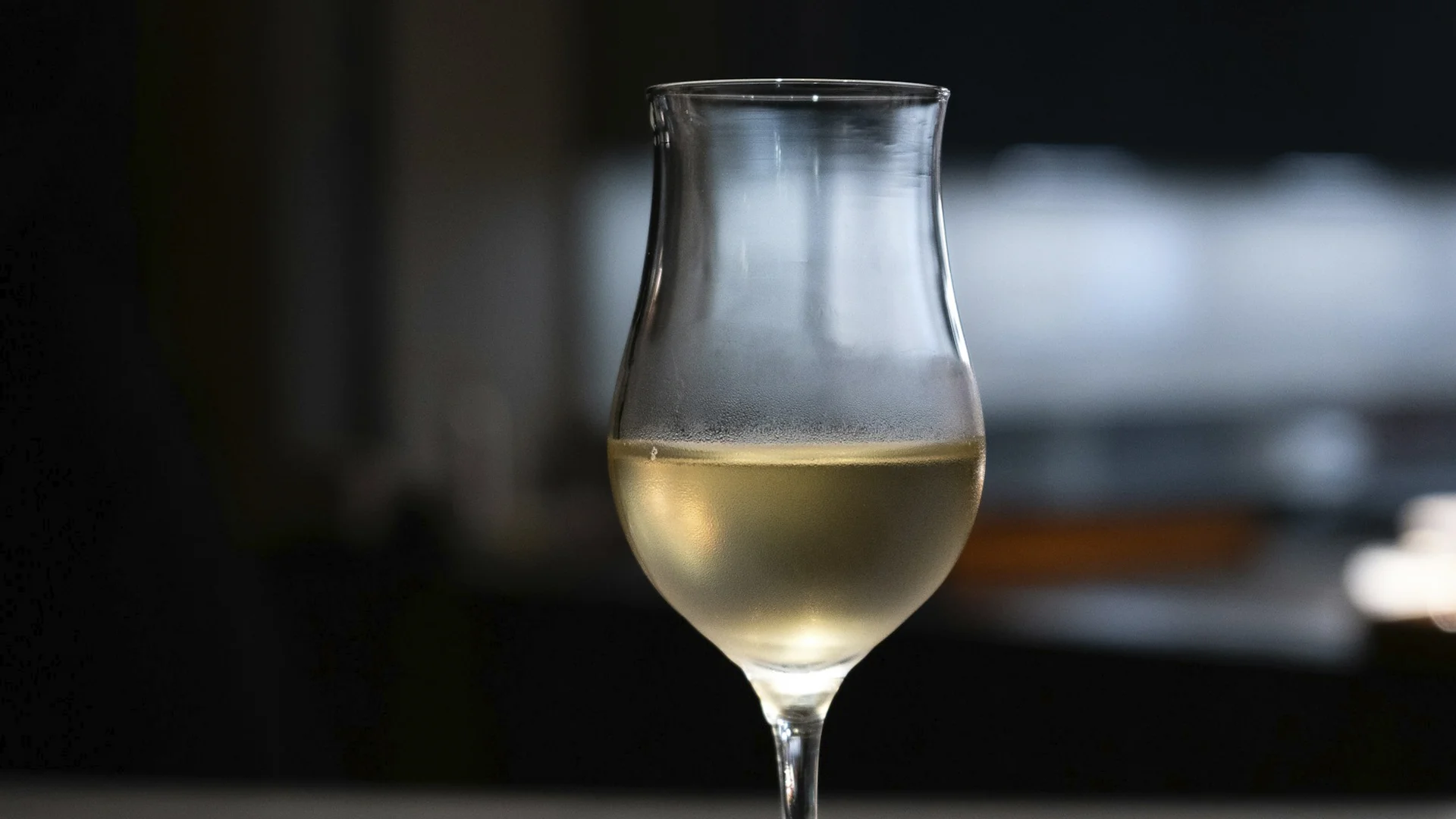
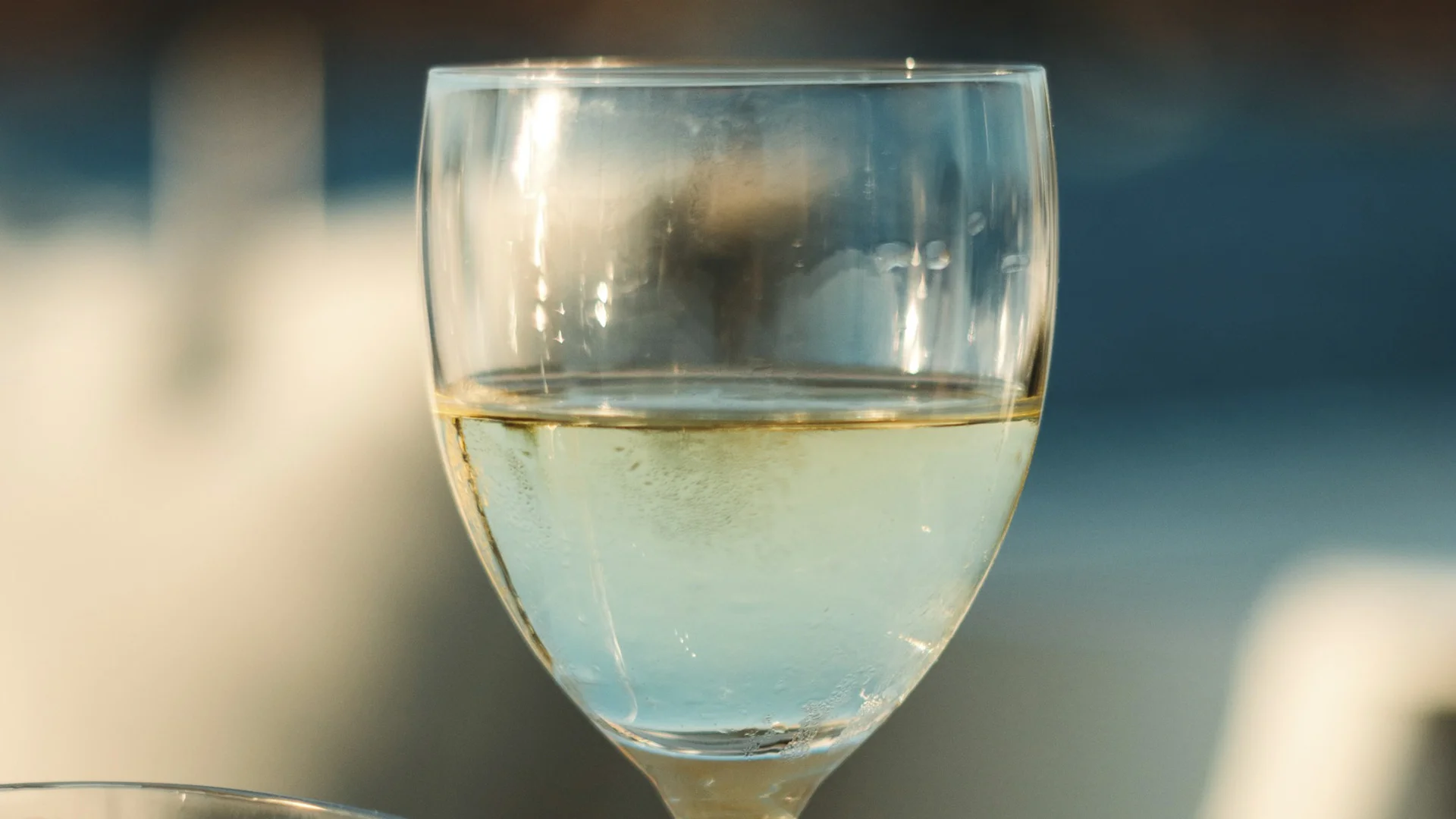
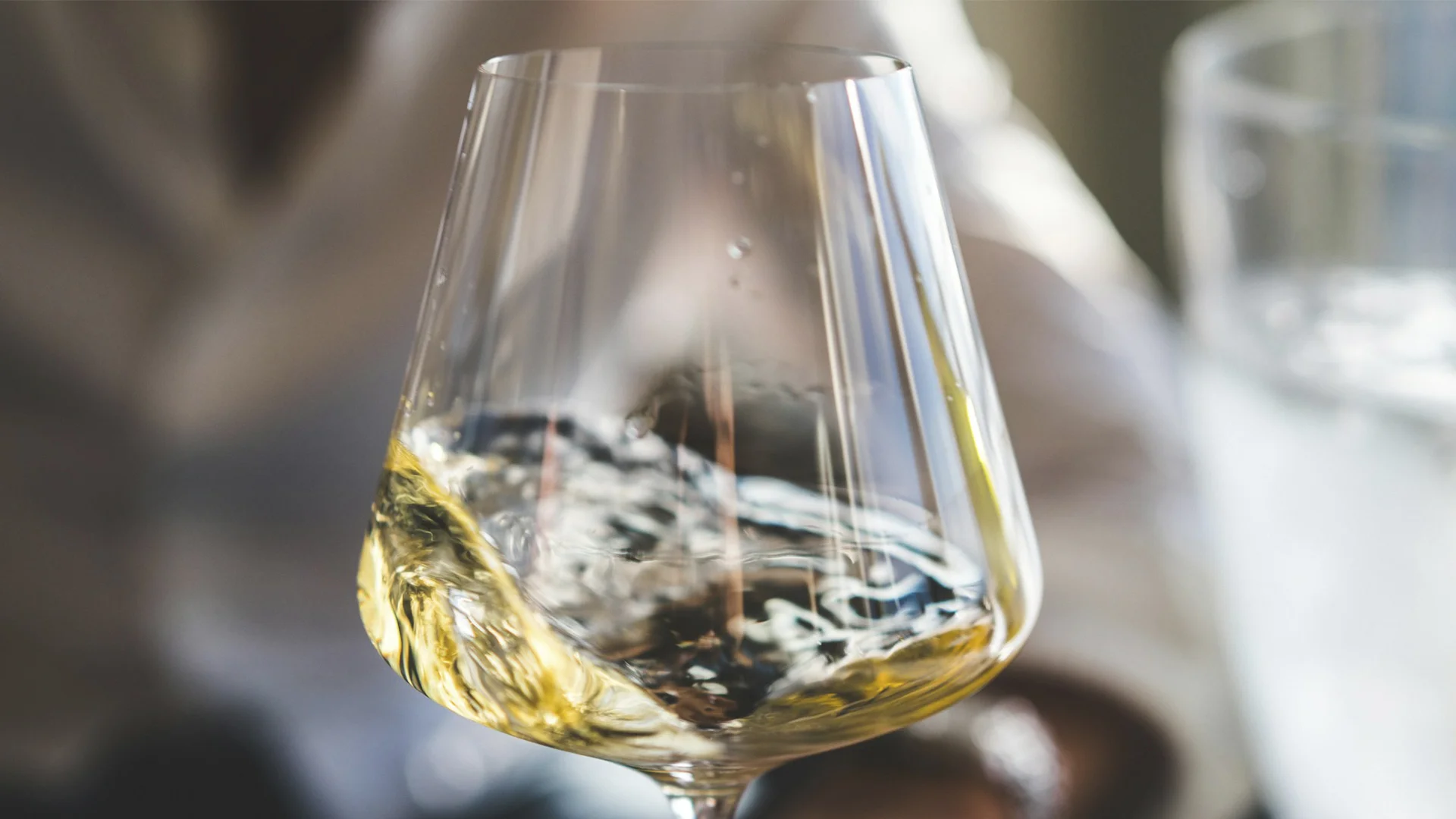



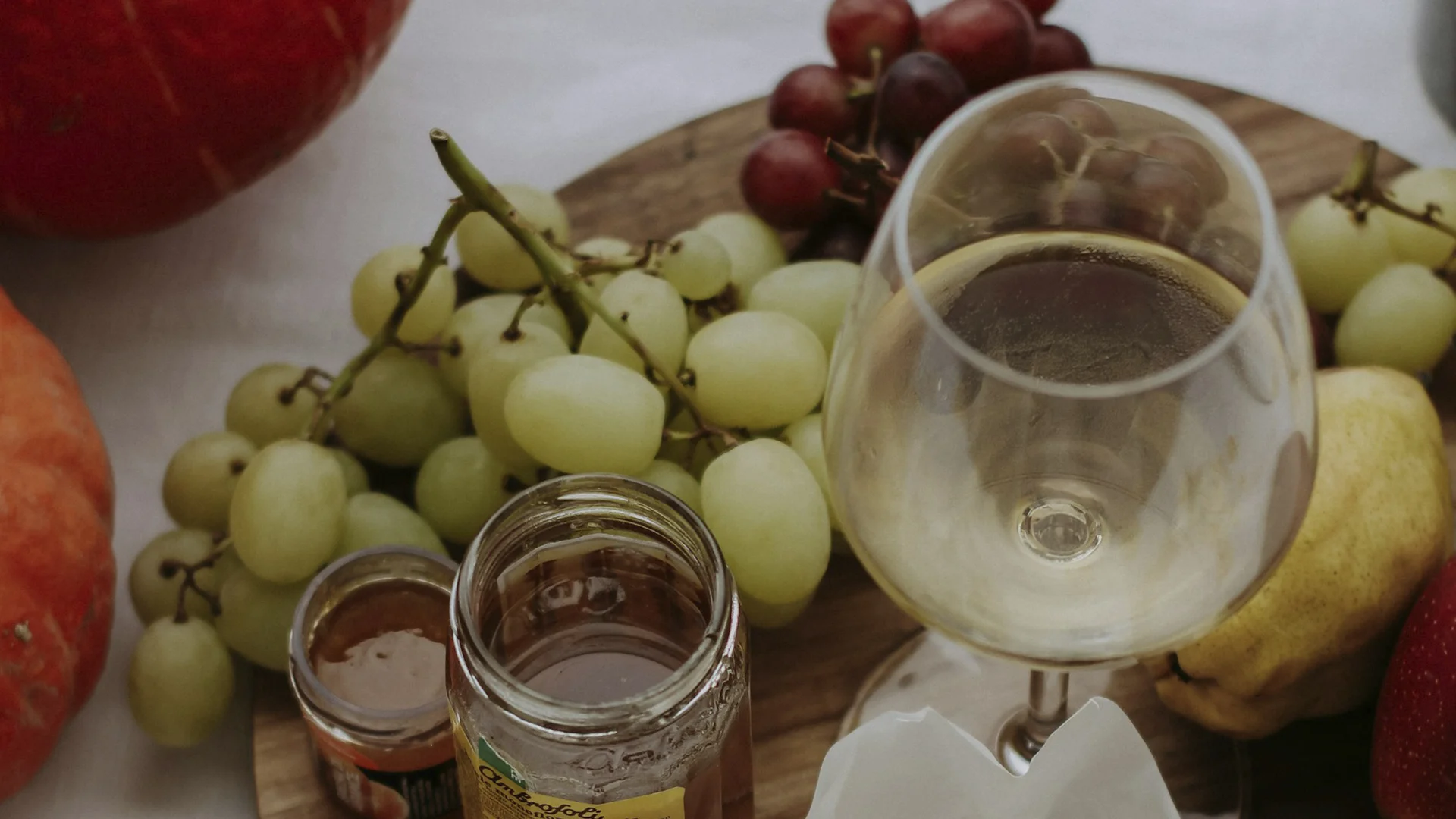












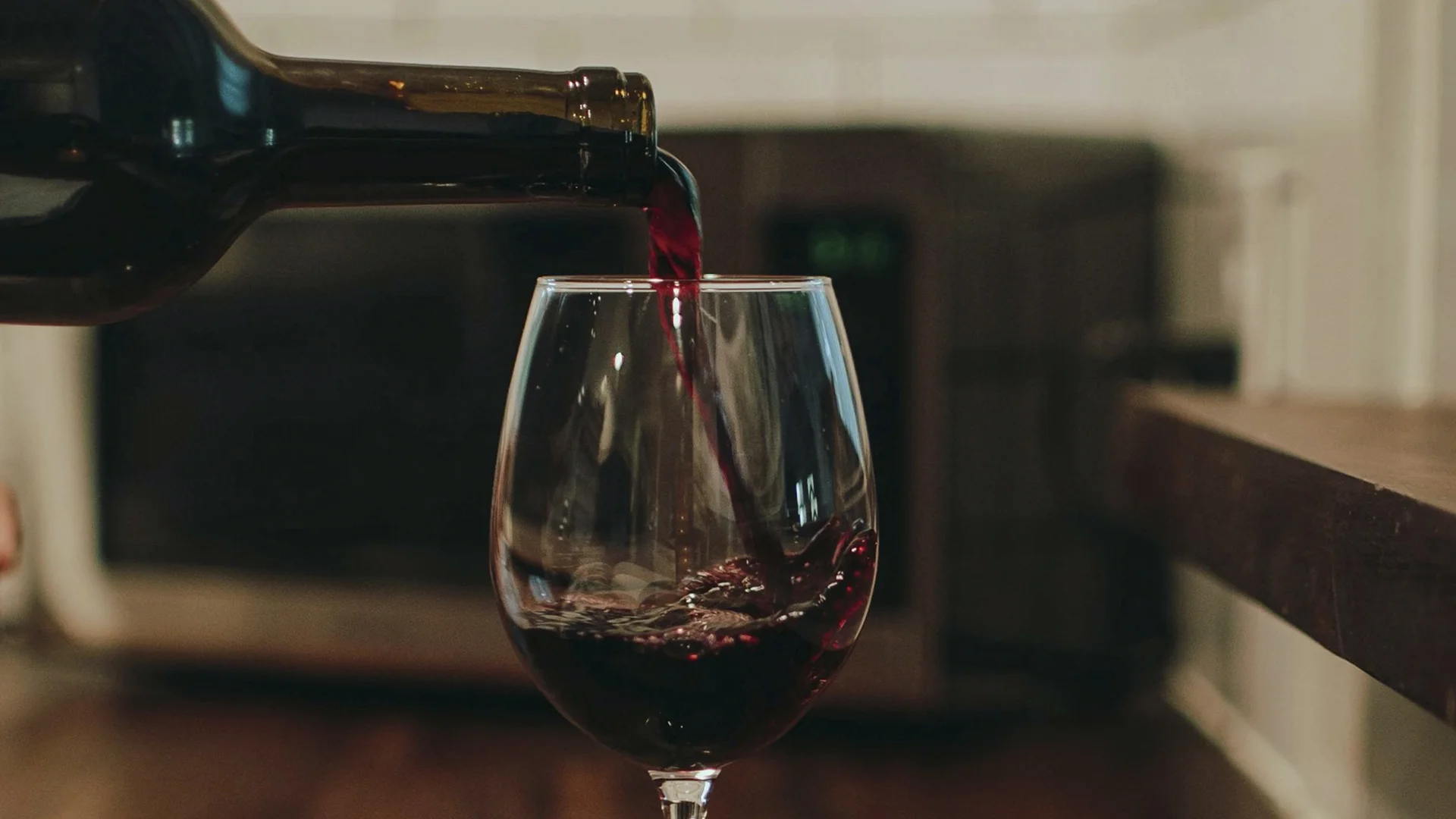
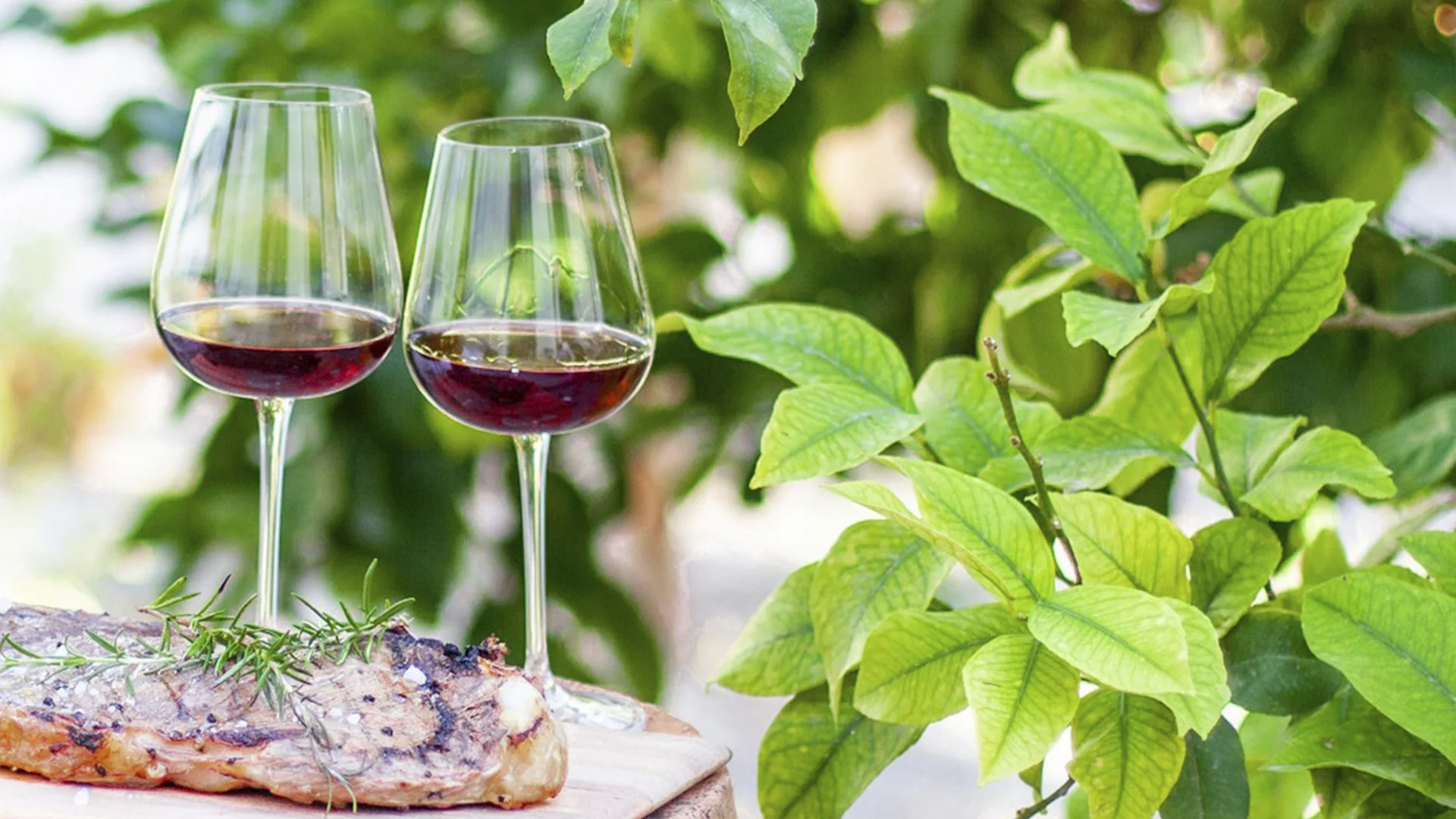

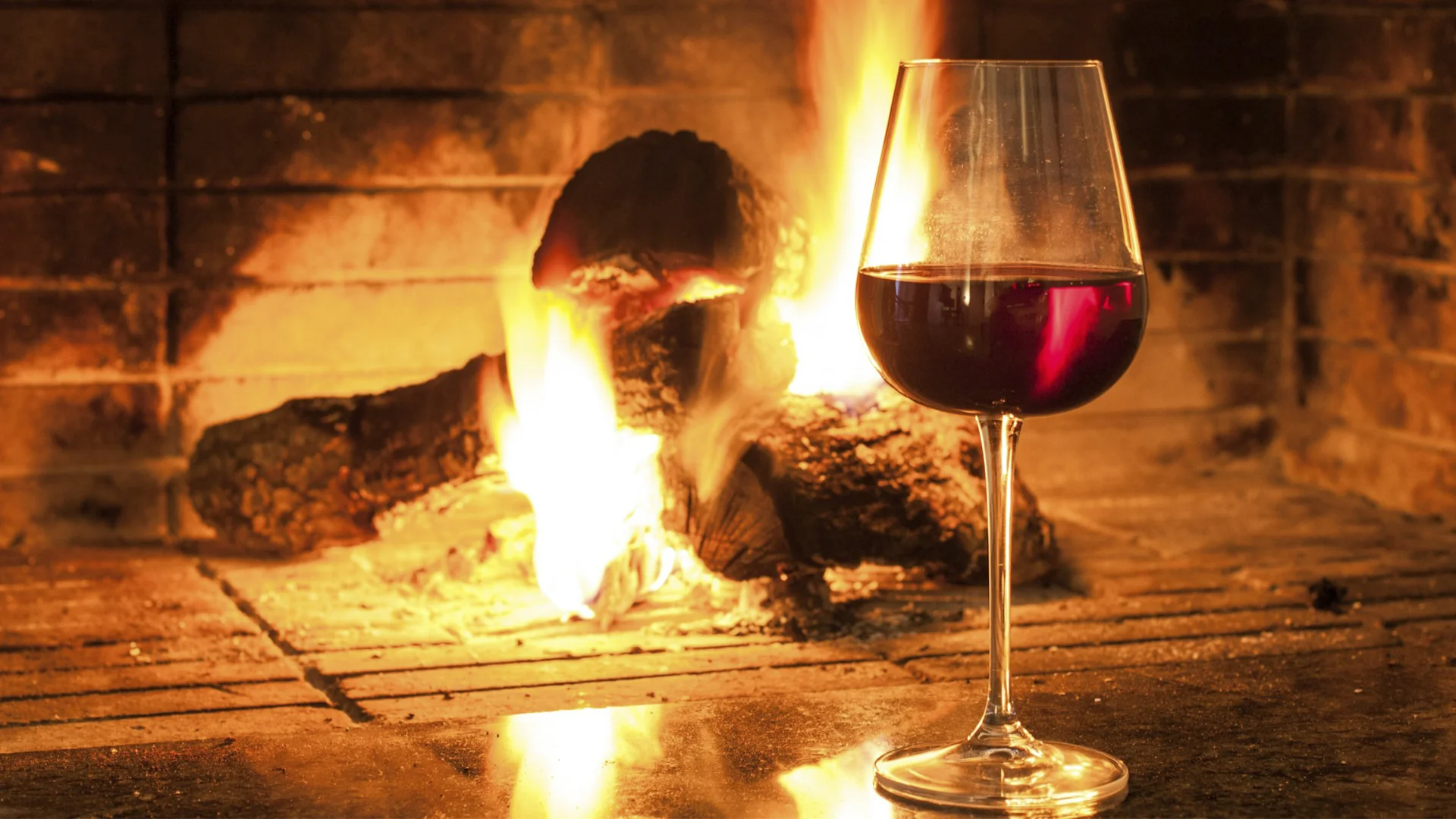



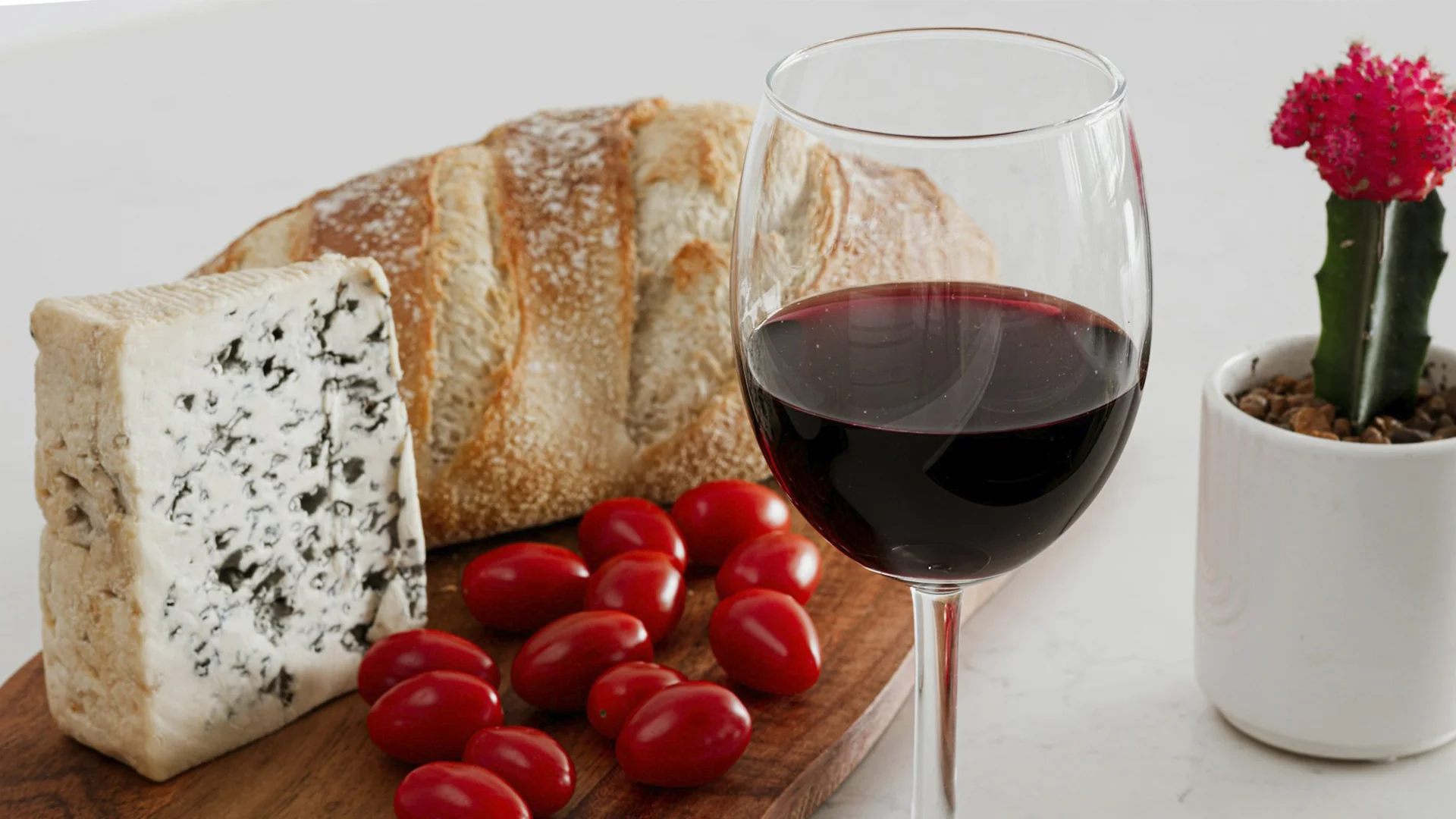






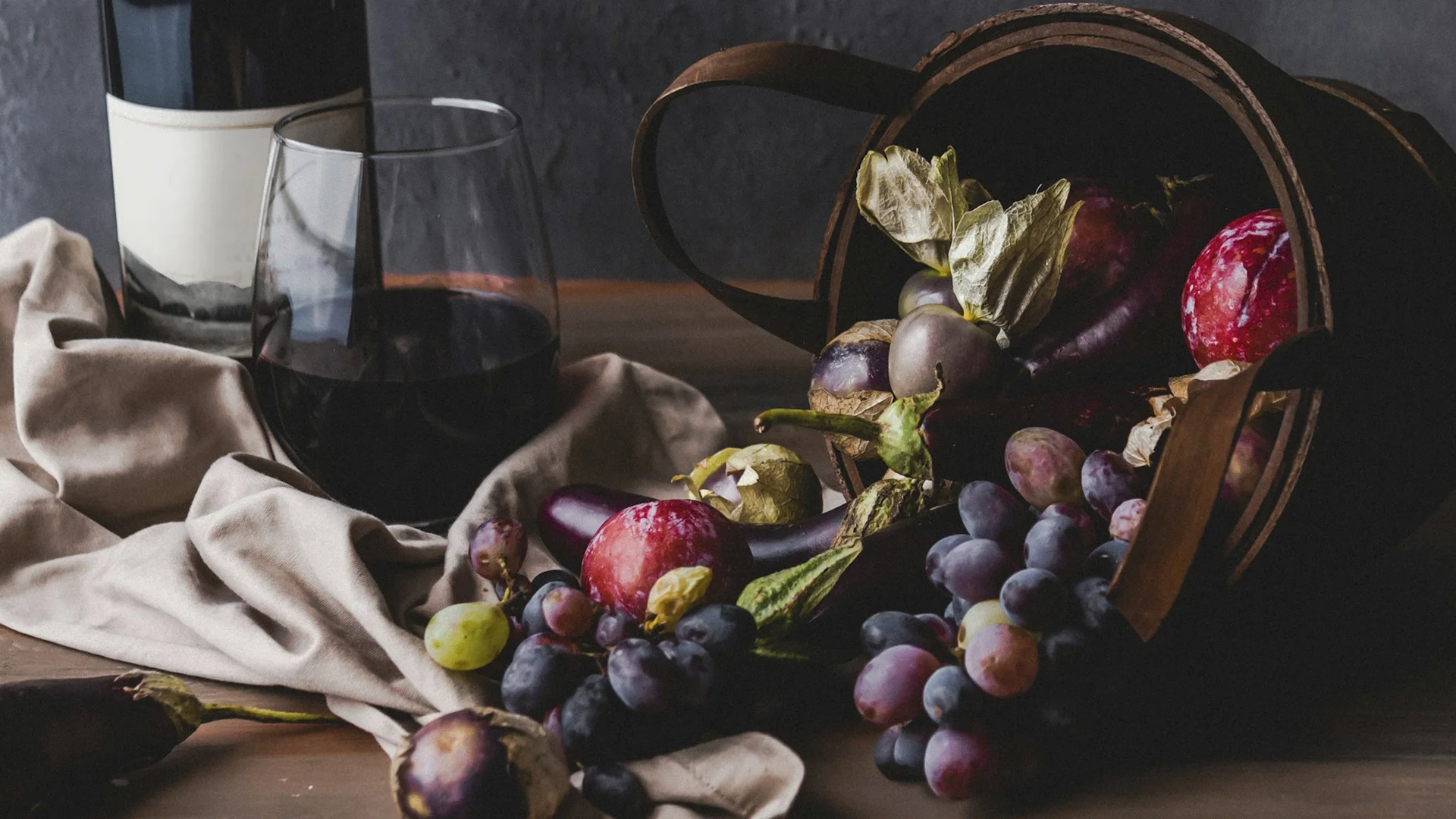
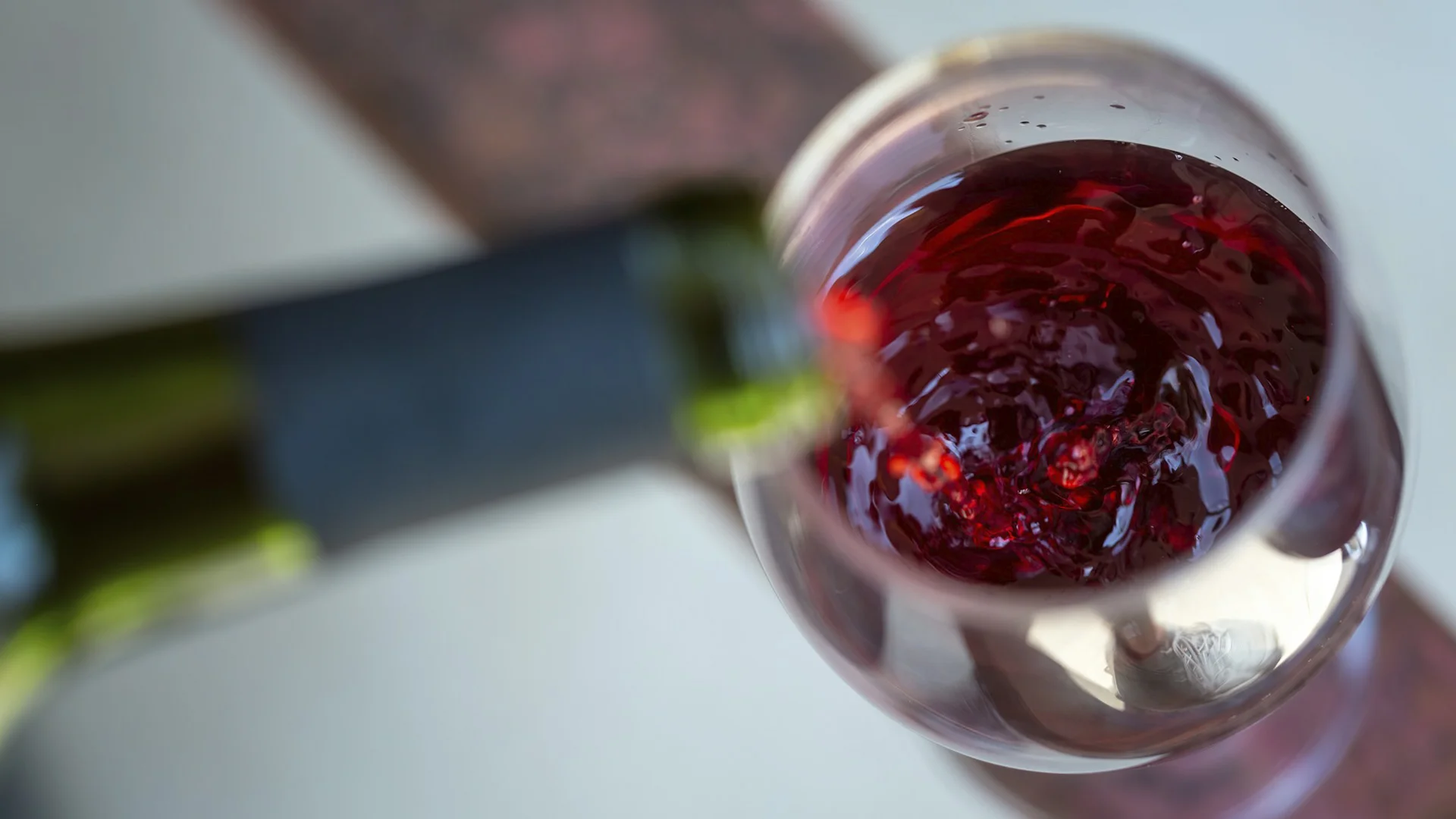
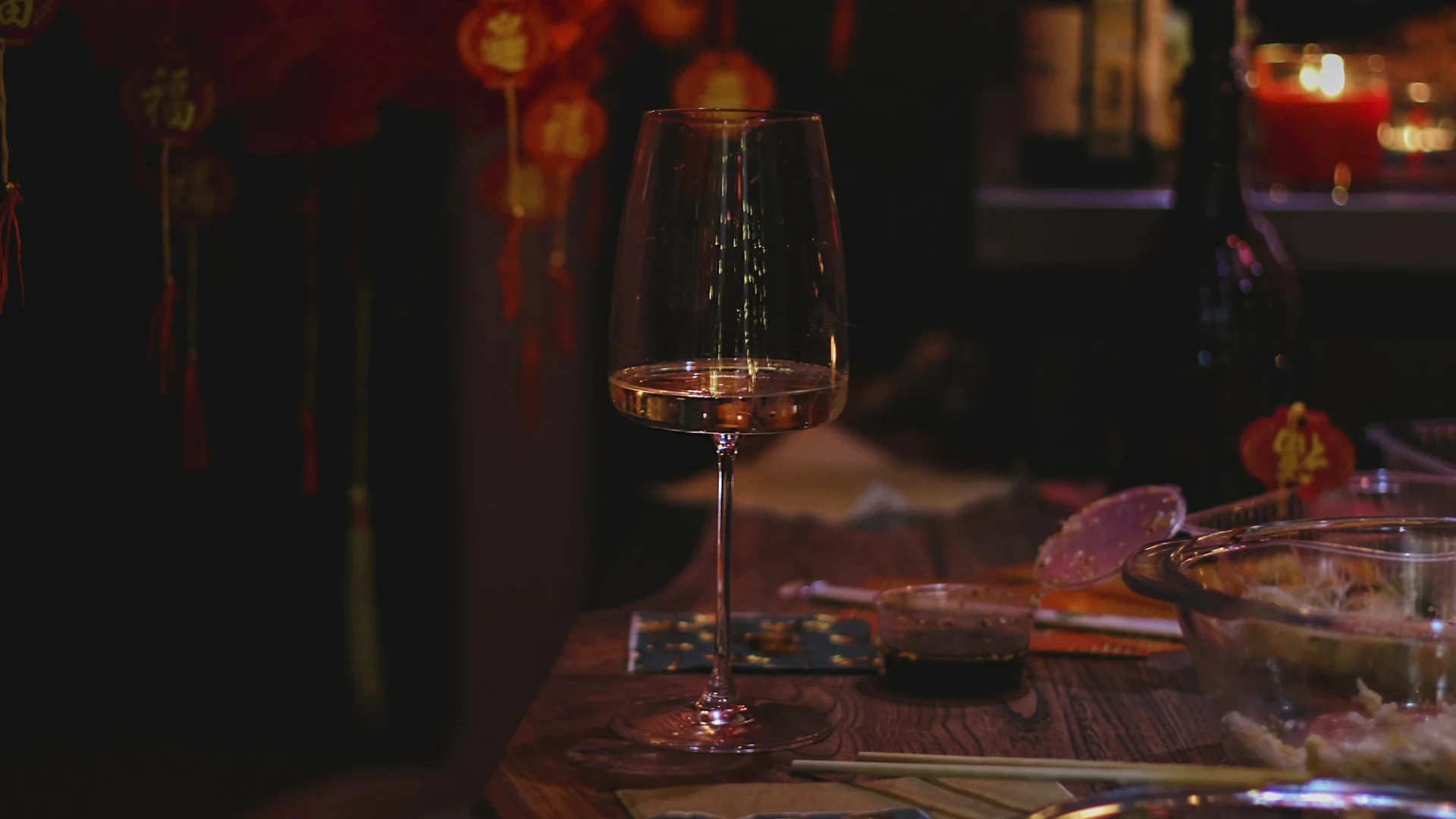






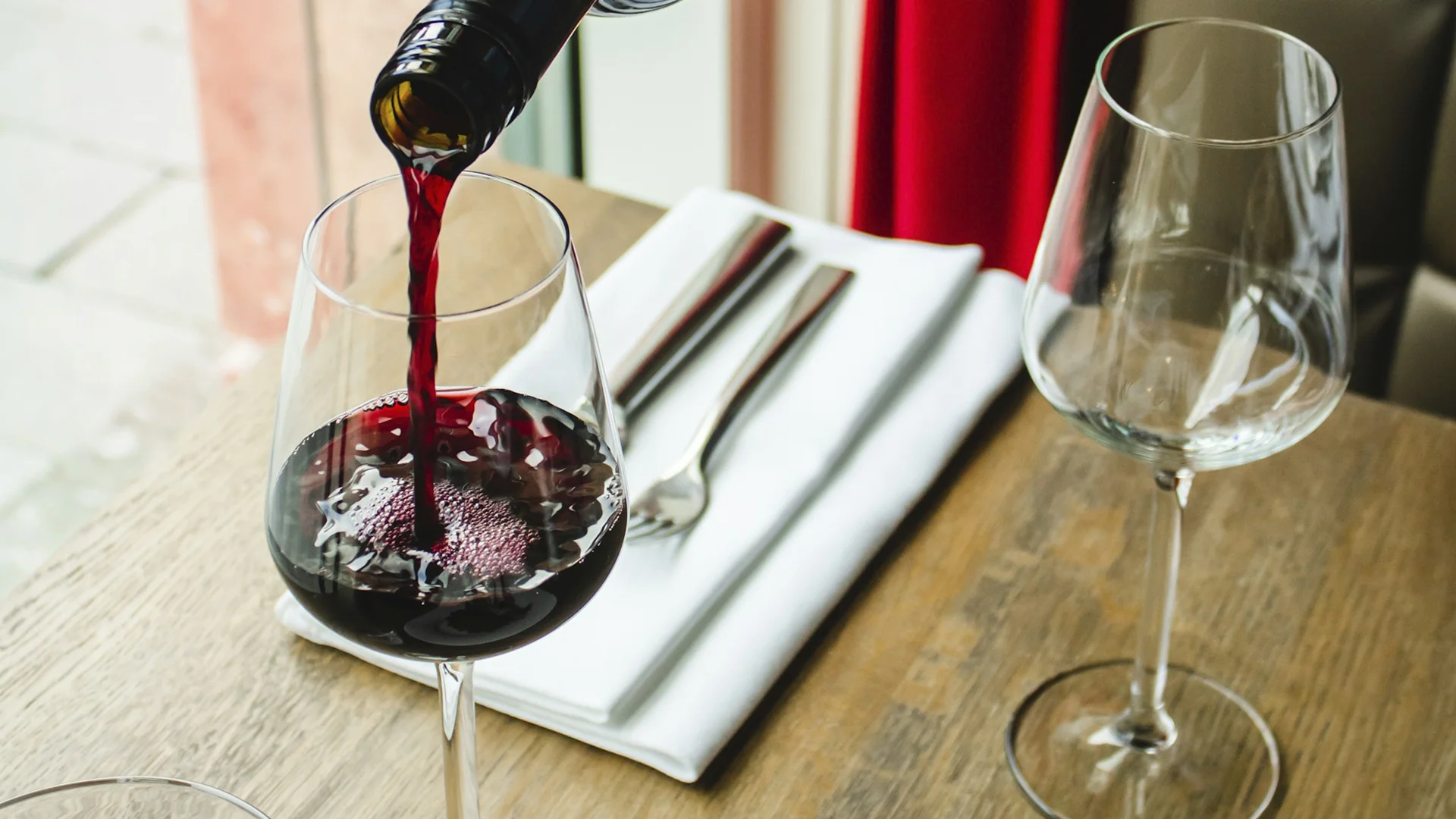












.webp)

.webp)
.webp)
.webp)



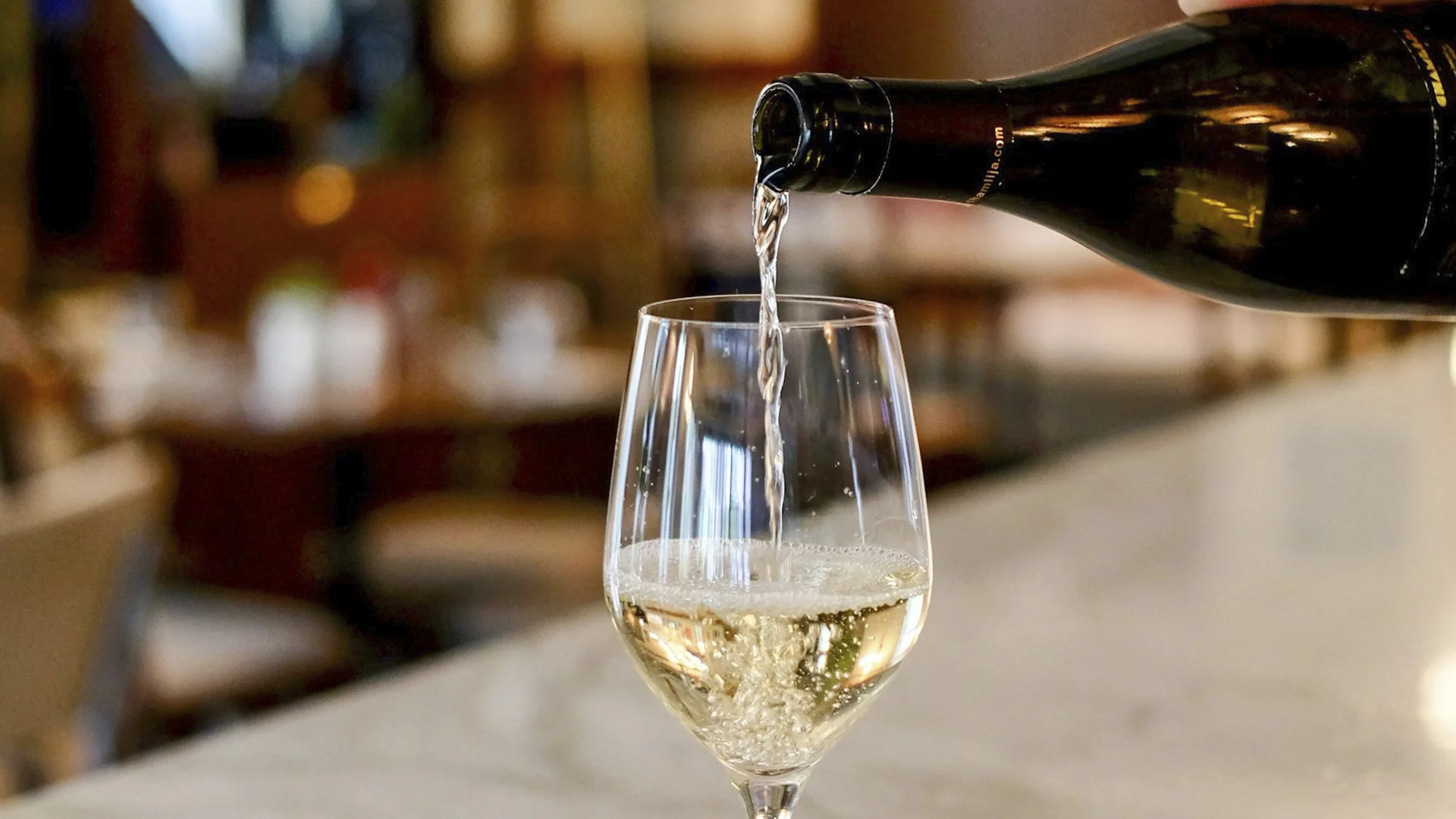


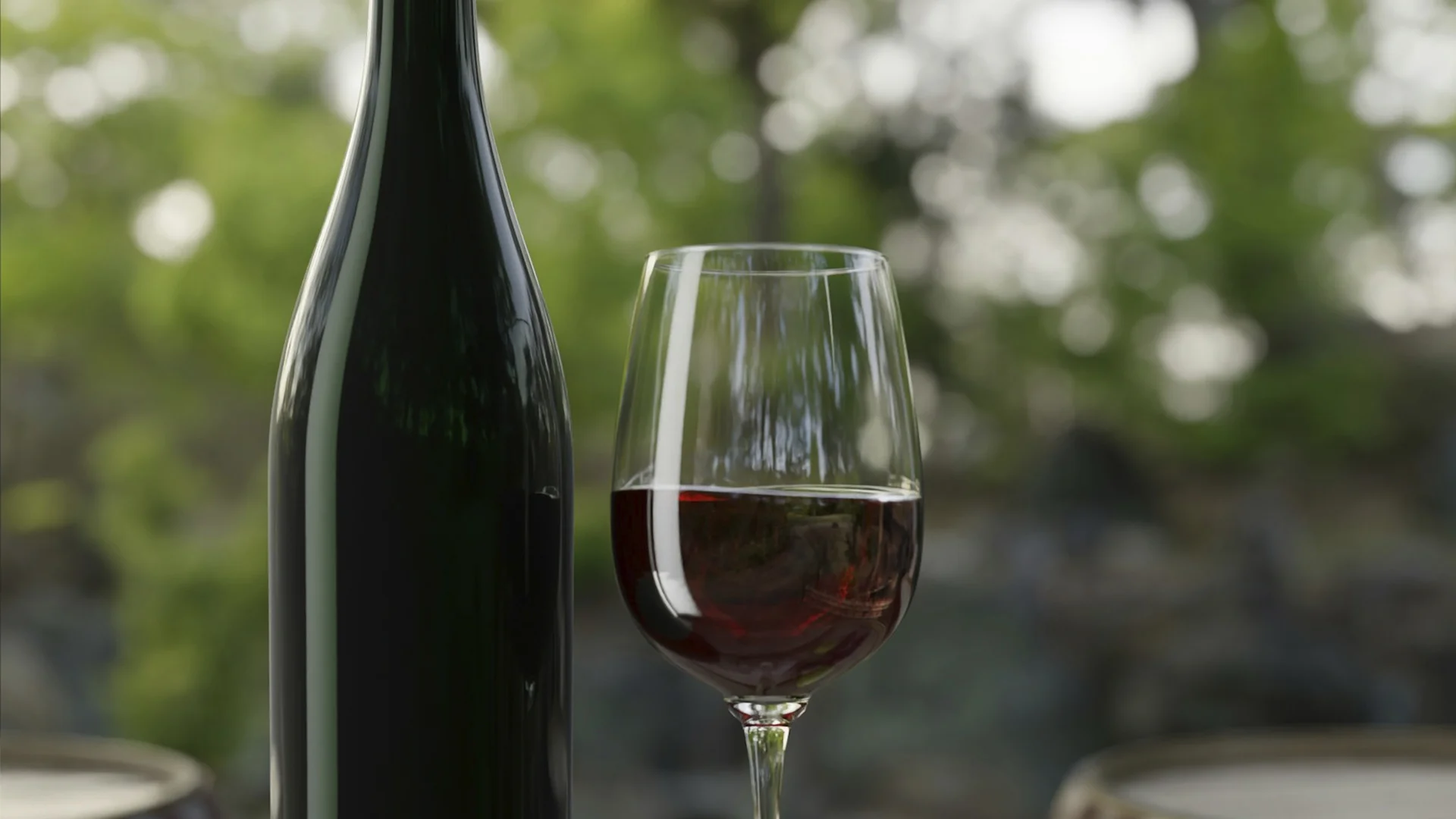



















.webp)













Are you interested in
collaborating with us?